Deoxyribonucleic Acid (DNA) GK, Current Affairs, News
Biology: DNA fingerprint, Genetics, Education, Discovery, and Technique
Biology: The fingerprints of each individual differ from another and can be used to identify them, the DNA fingerprinting technique is used to identify individuals. Nowadays, DNA fingerprinting is also called DNA profiling. The entire genome of a person ...
Chromosome: Definition, Types, Structure, Functions, Role, Significance
Chromosomes: Introduction, Types of chromosomes, roles in the cell, works, and importance A chromosome is a single, long fragment of DNA. These highly standardized structures conserve genetic information in living organisms. ...
Histone Protein: Type, Structure, Function, Role, Importance for DNA
Histone Proteins: Introduction, Types, Works, Chemical & Physical properties, Significance Histones are a family of basic proteins that associate with DNA in the nucleus and help condense it into chromatin. Nuclear ...
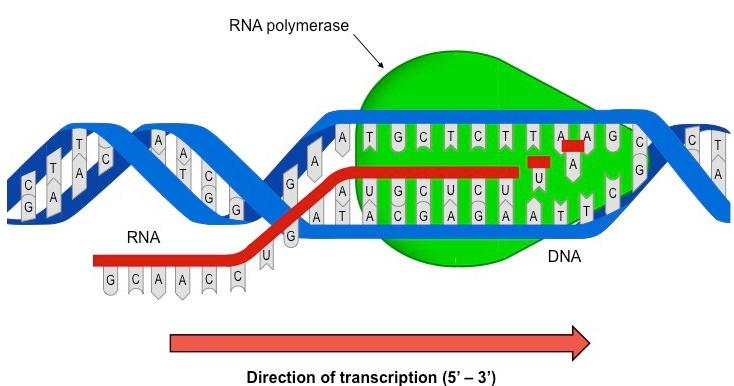
DNA Transcription: Introduction, Procedure, Enzymes, Facts, Importance
The transcription of the DNA molecule into mRNA, process, si...

DNA Replication Process, Steps, Diagram, Enzymes, Importance for Genetics
DNA Replication, definition, procedure, steps, features, sig...

Western blot technique: Definition, principle, theory, procedure, importance
Introduction of the Western Blot Technique, principle, theor...
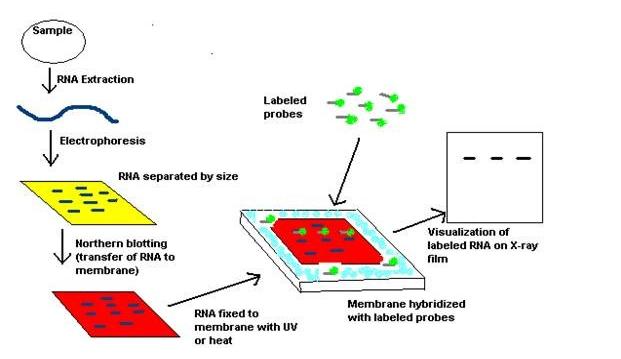
Northern blot technique: Definition, Principle, Procedure, Mechanism, Importance
Northern blot technique: Principle, methods, steps, importan...
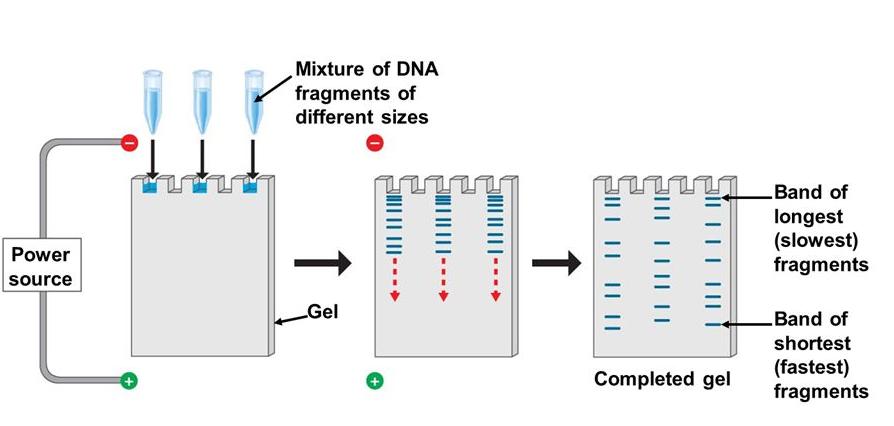
Gel electrophoresis technique: Definition, process, steps, purpose, facts
What is gel electrophoresis technique and what it is used fo...
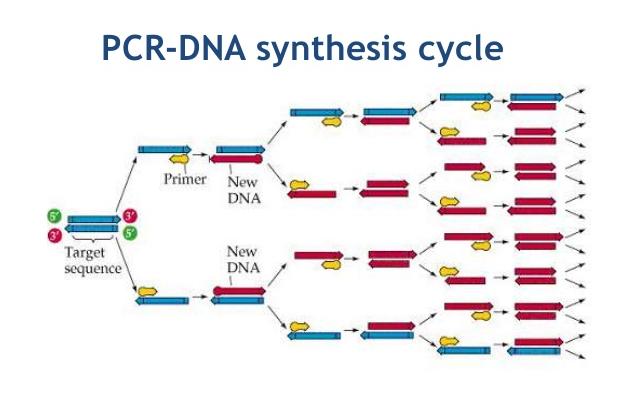
DNA Synthesis: Polymerase chain reaction (PCR), Definition, Procedure, Steps, Purpose
Polymerase Chain Reaction Technique: Introduction, Mechanism...

Nobel Prize winner Francis Crick Biography, Researches on DNA, Awards, Achievements
Nobel Prize winner Francis Crick early life, education, DNA ...

Nobel Prize winner James D. Watson: profile, research on DNA, achievements, awards
Nobel Prize winner biophysicist J. D. Watson early life, res...
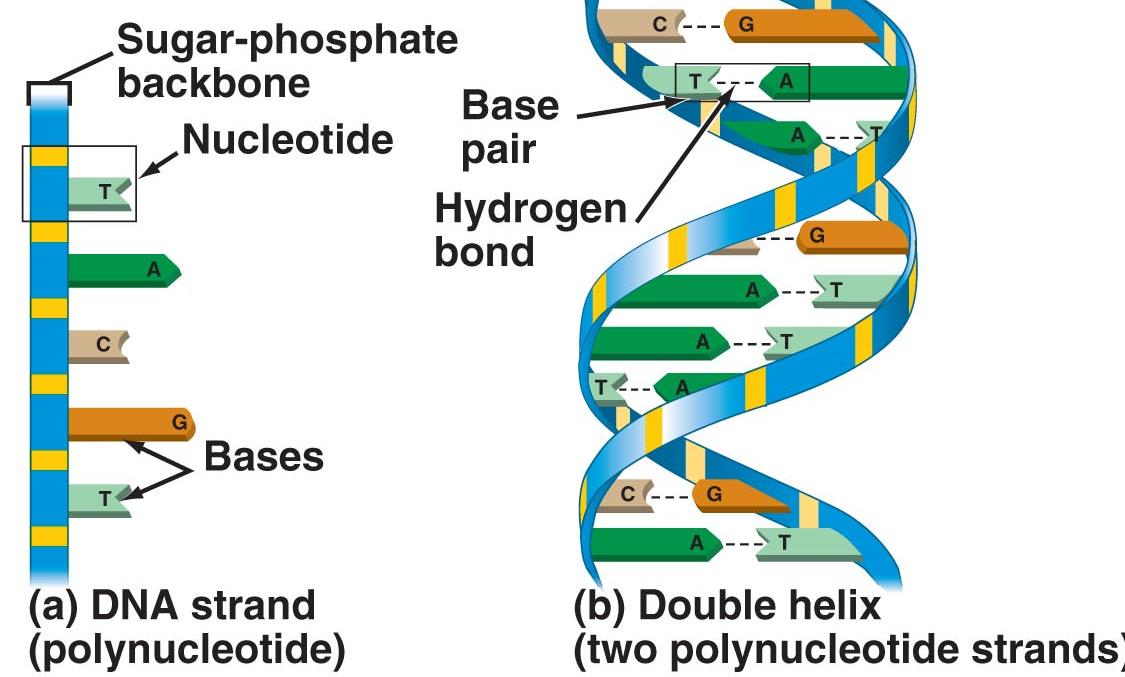
Deoxyribonucliec Acid(DNA): Introduction, Discovery, Chemical Structure, Significance
Deoxyribonucleic Acid (DNA): Definition, Structure, Di...
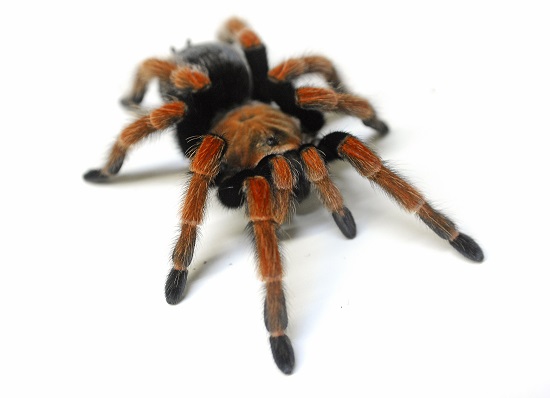
International Barcode of Life Initiative hints Tarantula spider in West Bengal
International Barcode of Life Initiative & Tarantula spi...
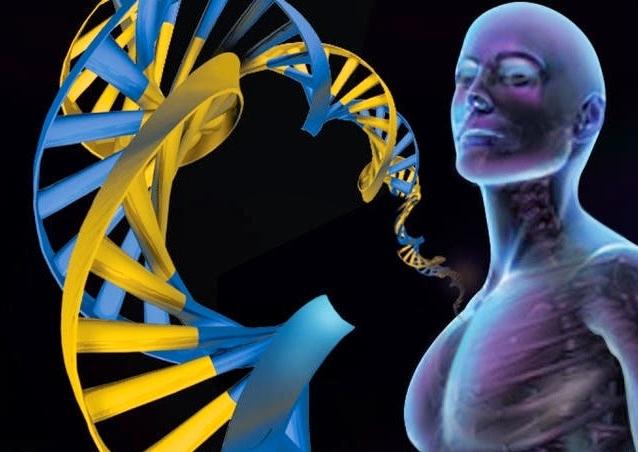
Genetics: Human Genome Project, application of HGP, benefits, details
The Human Genome Project (HGP) and the mapping of DNA The&n...
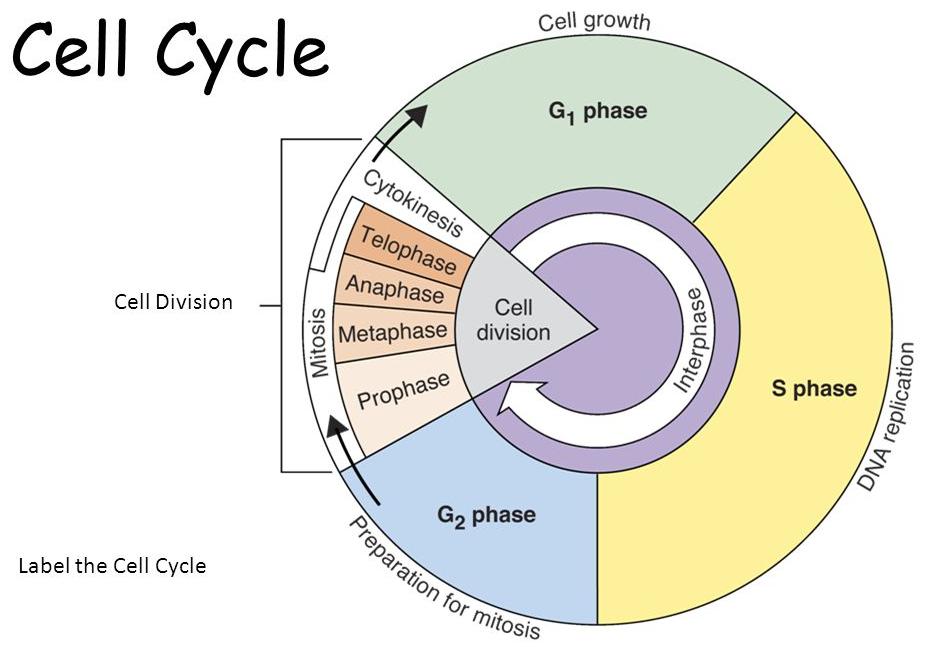
Cell: Cell Cycle and Phases of the cell cycle
Cell Cycle and G1, S, G2, G0, and M phases of the cell cycle...
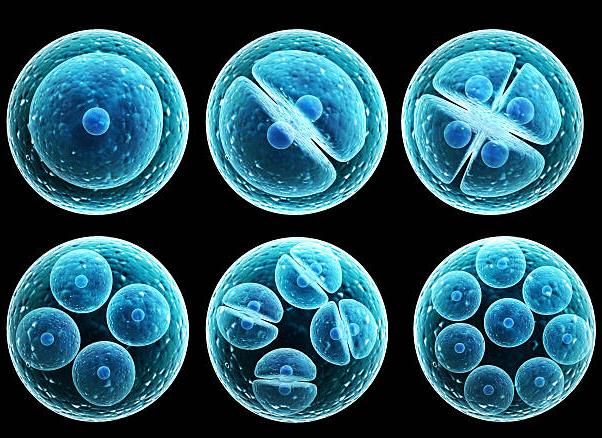
Cell: Division, Mitosis and Meiosis, Comparison b/w mitosis and meiosis
Cell Division Difference between Mitosis and Meios...
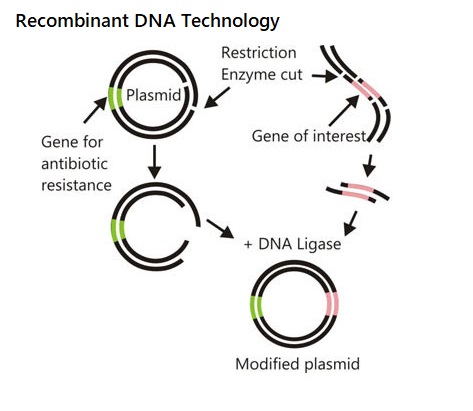
Recombinant DNA Technology History, Inventors, Features, Applications
The first Recombinant DNA was formed by the addition of anti...
Latest GK GS Updates:
Privacy Policy | Twitter | RSS